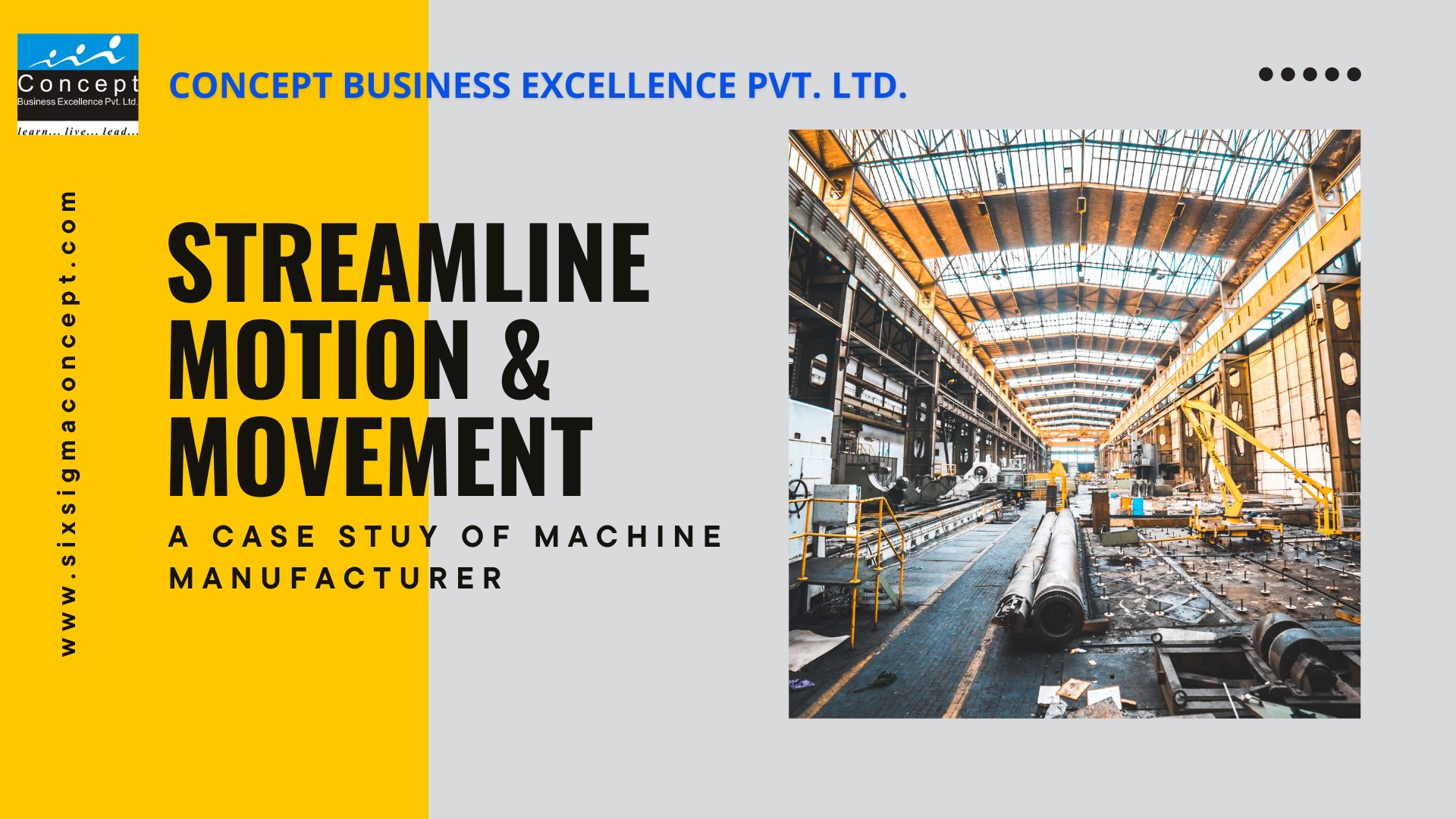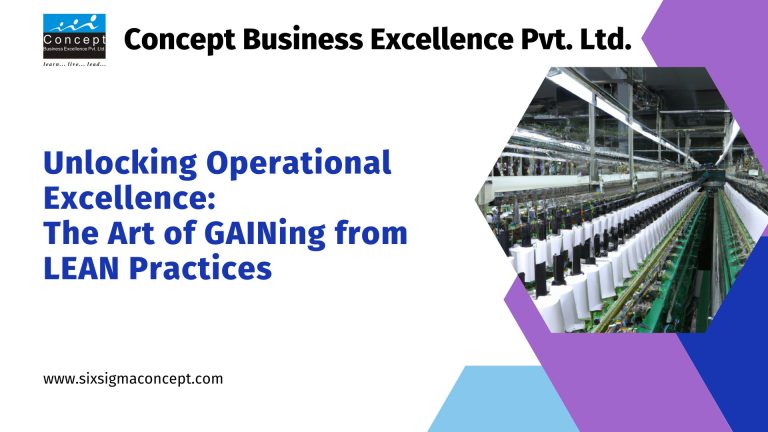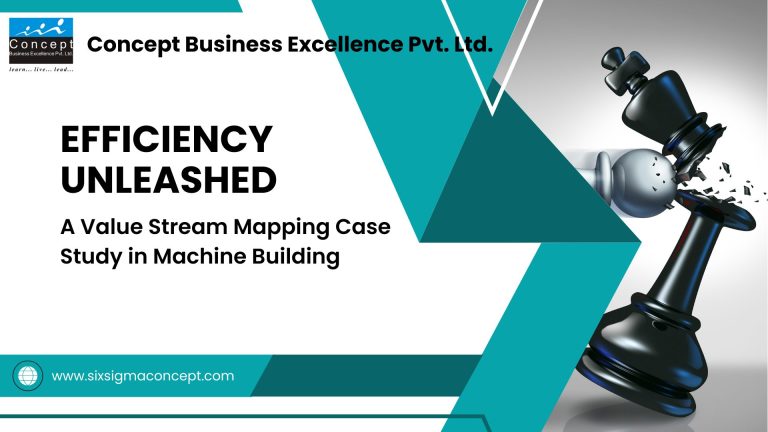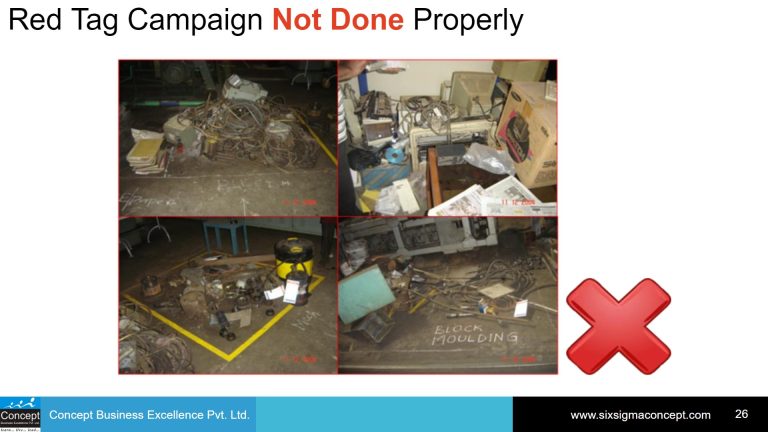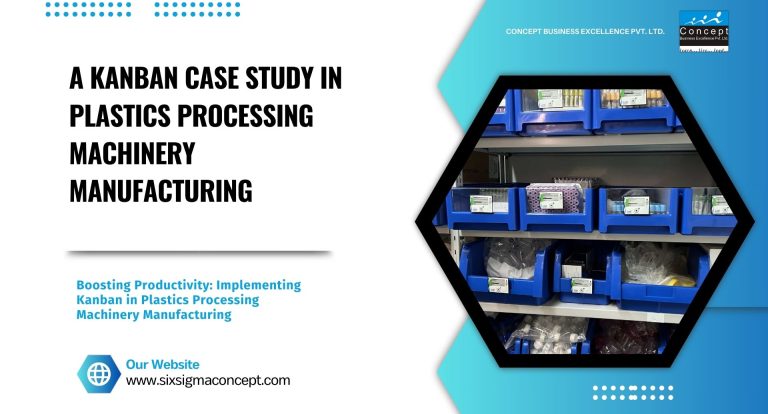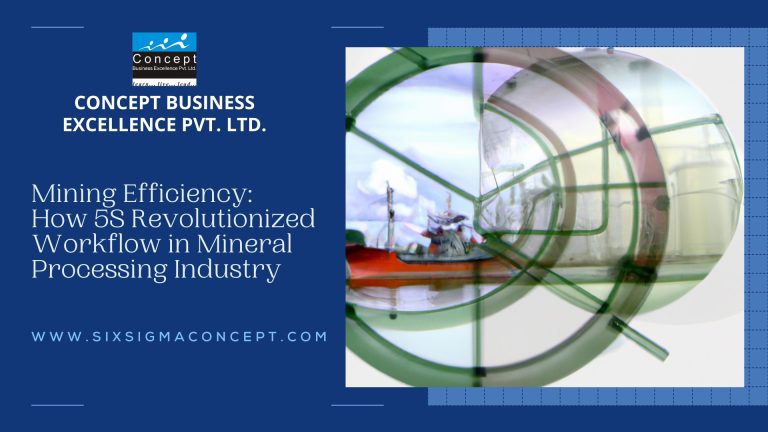Layout Modification to Improve Productivity & Reduce Material & Employee Movement at 𝑴𝒂𝒄𝒉𝒊𝒏𝒆 𝑴𝒂𝒏𝒖𝒇𝒂𝒄𝒕𝒖𝒓𝒊𝒏𝒈 𝑰𝒏𝒅𝒖𝒔𝒕𝒓𝒚
Introduction
The machine manufacturing industry faces an increasingly competitive environment, grappling with several key challenges. Globalization has intensified competition, requiring manufacturers to constantly innovate and offer cost-effective solutions to stay ahead. Additionally, the rapid pace of technological advancements demands continuous investments in research and development to integrate automation, AI, and other cutting-edge technologies. Furthermore, evolving customer demands for customization and shorter lead times necessitate flexible production processes and agile manufacturing strategies.
Challenges
Our client, a leading machine manufacturer, struggled with excessive material and employee movement within their production line. This inefficiency resulted in:
- Reduced productivity: Constant back-and-forth movement hampered production output.
- Increased employee fatigue: Repetitive movement causes physical strain on employees.
- Wasted time: Valuable time was spent on movement rather than value-adding tasks.
Solution
Recognizing the need for optimization, we undertook a project to revamp the layout of their production floor. The goal was to reduce material and employee movement by strategically relocating key machines closer to the raw material store.
Improvement Actions Taken
“To enhance productivity and minimize both manpower and material movement, we have implemented the following actions.”
- Work Flow Study on the Layout: We conducted a comprehensive analysis of the existing workflow, identifying bottlenecks and areas with high movement.
- Proposed Layout Change: Based on the analysis, we recommended shifting the key operating machines for optimal efficiency.
- Implementation: We executed the layout change with minimal disruption to ongoing operations, ensuring a smooth transition.
Key Results
- Employee Movement Reduced by 90%: This translated to improved employee well-being and reduced fatigue.
- Material Movement Slashed by 90%: Streamlined flow minimized the risk of damage and improved efficiency.
- Movement Time Decreased by 80% per Transaction: Increased time was spent on productive tasks, leading to a significant productivity gain.
- Productivity Boosted by 28%: Overall, the optimized layout led to a substantial increase in production output.
- Employee Well-being Improved: Reduced movement and fatigue levels created a more ergonomic and healthy work environment.
Conclusion
This case study demonstrates the dramatic impact of strategic process optimization. By analyzing existing workflows and implementing data-driven solutions, we achieved remarkable improvements in our client’s operational efficiency and employee well-being. This project serves as a testament to the power of even small changes, emphasizing the importance of continuous improvement in achieving long-term success.
